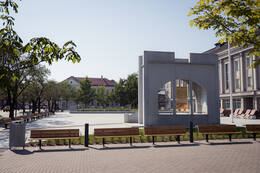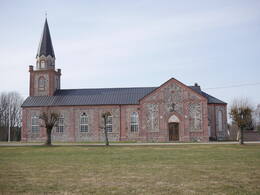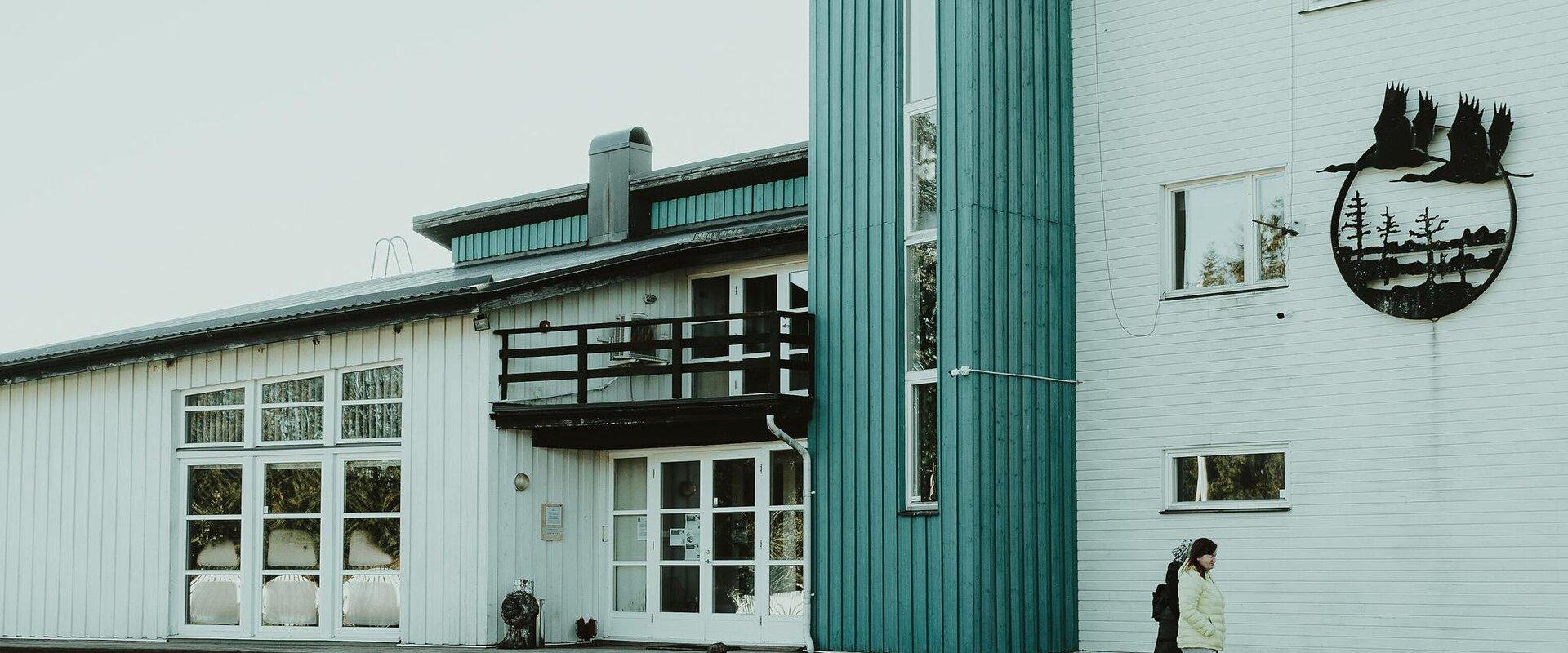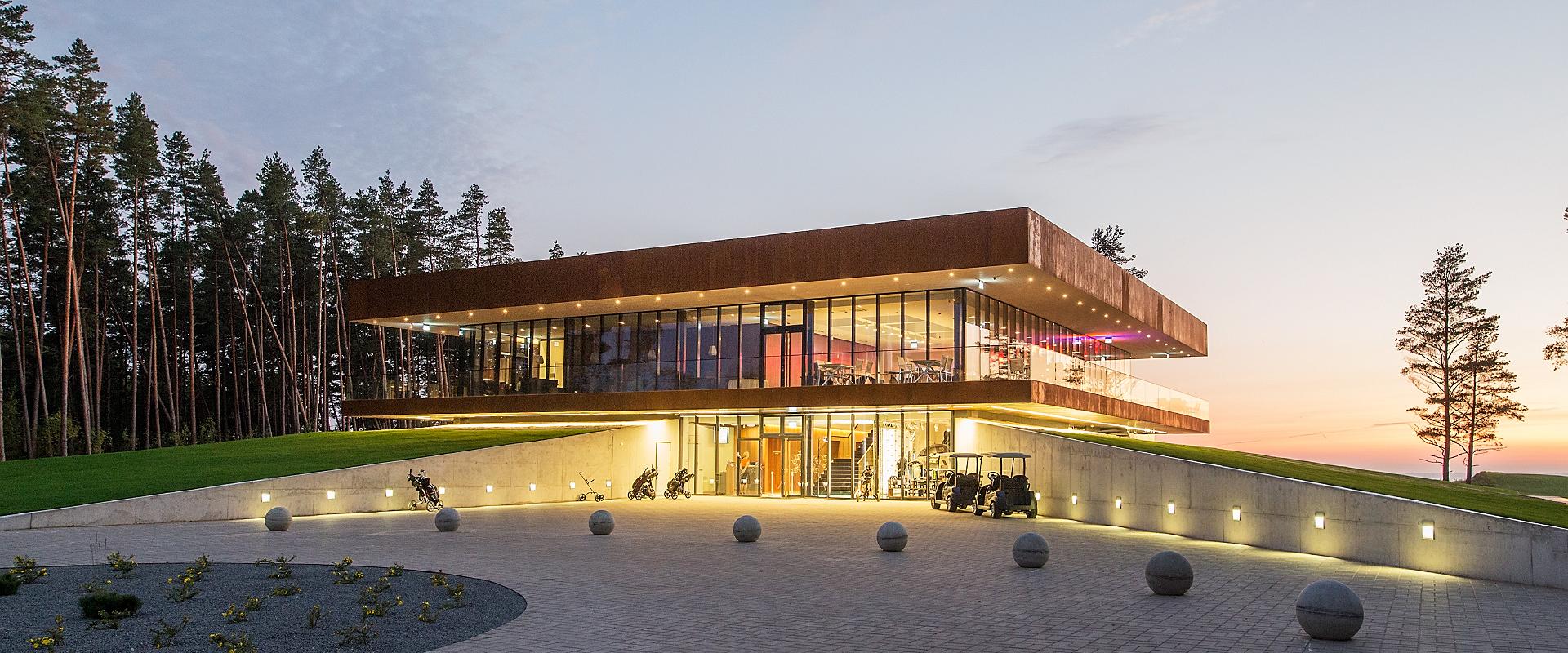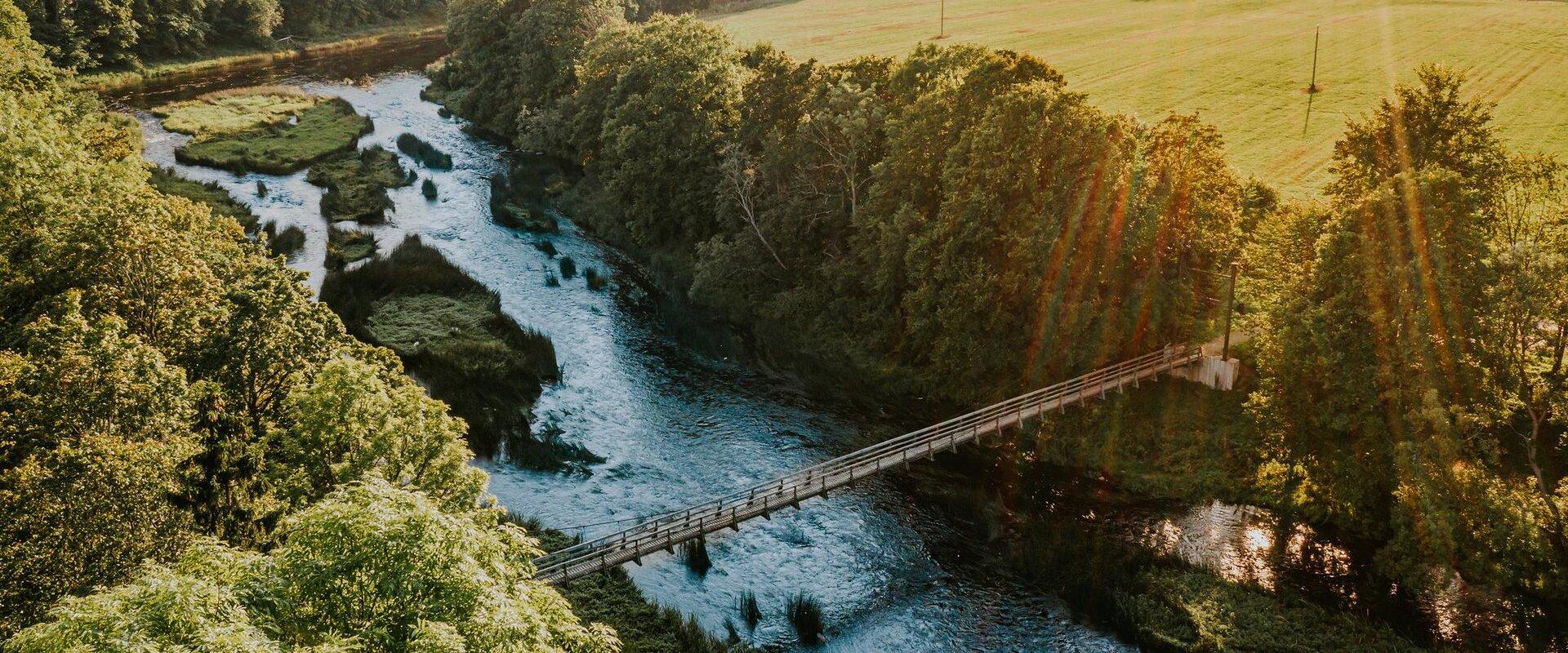In the footsteps of Estonian Independence War
Day 1.
180 km
Pärnu–Tori–Suure–Jaani–Viljandi
Practical info
- Driving distance: ~180 km
- In Tori there are several sites to see - church dedicated to all Estonian soldiers, mysterious Tori Hell cave in the steep riverbank and a Horse breeding farm. Information about Tori Horse Breeding Farm maaelumuuseumid.ee.
- Soomaa National Park tourist information visitsoomaa.com.
Sights
War of Independence Monument in Pärnu
This monument was designed by Amandus Adamson. It was unveiled in Alevi cemetery in Pärnu on 16 July 1922. Its designer was buried next to it in 1929.
On 15 April 1945 the monument was blown to pieces, which were then buried. The statue of a boy with a garland was buried by local high school girls 175 metres from the monument. Luckily the graves of the soldiers were left untouched.
The garrison cemetery was renovated in 1987 and the parts of the monument (incl. statue of the boy with the garland) were dug up in 1988. On 24 February 1989 the upper part of the monument, which was found buried in its original location, was unveiled with a granite tablet reading: "1918 1920 / HERE WAS UNVEILED, ON 16 JULY 1922 THE MONUMENT TO THOSE / FALLEN IN THE WAR OF INDEPENDENCE / SCULPTOR AMANDUS ADAMSON / DESTROYED IN 1945 / 24 II 1989 P.M.S." The full restoration of the monument and cemetery was completed in stages. The monument was unveiled anew on 17 July 1993.
Monument to Proclaiming the Independence of the Republic of Estonia
This monument is situated on Independence Square in the centre of Pärnu.
Made from granite and designed by Kaarel Eelma, Mart Aas and Mikk Mutso, it was unveiled in 2008 near the former site of the Endla Theatre.
On 23 February 1918 the Manifesto to the Peoples of Estonia was publicly declared for the first time from the balcony of said theatre, which was badly damaged in World War II and later demolished.
The monument depicts the balcony of the historical theatre in its original size. It displays the text from the manifesto in both the original blackletter typeface and Antiqua, as well as in Braille.
The manifesto was published and the Republic of Estonia declared in the capital Tallinn on 24 February, transferring all authority to the Estonian Salvation Committee, later followed by the Provisional Government. 24 February 1918 is celebrated to this day as the anniversary of the Republic of Estonia.
Estonian Soldiers Memorial Church in Tori
Tori Church in Pärnu county, which was built in 1854, has a complicated past. The German Army burnt the church down in 1944 when retreating from the Red Army. Trees were already growing in the church hall when its restoration began in 1990. The church was consecrated in 2001 as a memorial to all victims of the Second World War and is now known as the Estonian Soldiers Memorial Church. The church is also used as a concert venue.
Soomaa National Park and Visitor Centre
Soomaa National Park was established in 1993 to protect untouched bogs, biologically diverse glades, wooded meadows, and a variety of forests. Its diverse nature, a unique suspension bridge, distinctive skiff culture, and five seasons have made it a very popular destination.
A visitor centre has been established in Tõramaa, at the place where old roads used to cross. There, visitors can inquire information about the hiking trails and local services, as well as visit the permanent exhibition.
The most popular sights in the national park are the Riisa and Kuuraniidu nature study trails, the Ingatsi boardwalk leading to the height of 8 metres on the highest bog in Europe, as well as watchtowers, and suspension bridges.
Monument to the War of Independence in Suure-Jaani
This monument was unveiled in Suure-Jaani cemetery on 24 June 1926, designed by Amandus Adamson. It depicts the ancient Estonian chief Lembitu, wounded, but still holding his sword aloft. The monument was demolished in 1941 and again in 1950. It was restored and unveiled anew on 23 June 1990. Following the first demolition, the bronze statue of Lembitu was placed in a shed belonging to the local executive committee and returned to its original place during the German occupation. After the second demolition of the monument in 1950, the damaged bronze sculpture, now missing one of its hands, was given to Viljandi Museum. A new bronze sculpture was cast for the restoration of the monument in 1990.
Places to eat
Bakery and Cafe “Pärnamäed” near Pärnu
You are welcome to visit the Pärnamäed bakery and café.
We are located on the beautiful shores of River Reiu. During the summer, you can eat on the café’s outdoor terrace while enjoying the view.
The menu has something to offer to everyone. Come and enjoy coffee, tea, or other drinks. Our baker and chefs also offer fresh pastries or meals.
The shop sells fresh bread, white bread, pastries, cakes, and kringles, as well as the best production from Estonian small producers.
Restaurant “Eagle” near Pärnu
Restaurant Eagle, which is located on the edge of a sandy beach and a pine forest, offers breath-taking views of the sea and the golf course and gives you the opportunity to enjoy the sunny flavours of European cuisine.
The menu is inspired by the restaurant's location on the course of Pärnu Bay Golf Links and therefore includes local raw materials and seafood. The logo of the course is an osprey. The cosy lounge on the ground floor offers quick and refreshing meals. The restaurant on the first floor is open from the afternoon until the evening and is a perfect location for special events, such as concerts, seminars, or weddings.
Jõesuu Village Cafe in Soomaa national park
Jõesuu KülaKohvik – dishes made with heart, refreshing drinks, a cozy and friendly atmosphere, a playroom for children, picturesque nature all around, and an exciting suspension bridge behind the house.
The café is located on the border of Soomaa, where the Navesti River joins the Pärnu River, right next to the Jõesuu suspension bridge.
You are warmly welcome to enjoy a refreshing coffee or ice cream break or have a delicious meal (vegans are also considered). We also offer the possibility to host events at the café and provide catering to your location.
See you soon!
In Pärnu www.visitparnu.com
Places to stay
Places to eat and stay in Viljandi visitviljandi.ee





